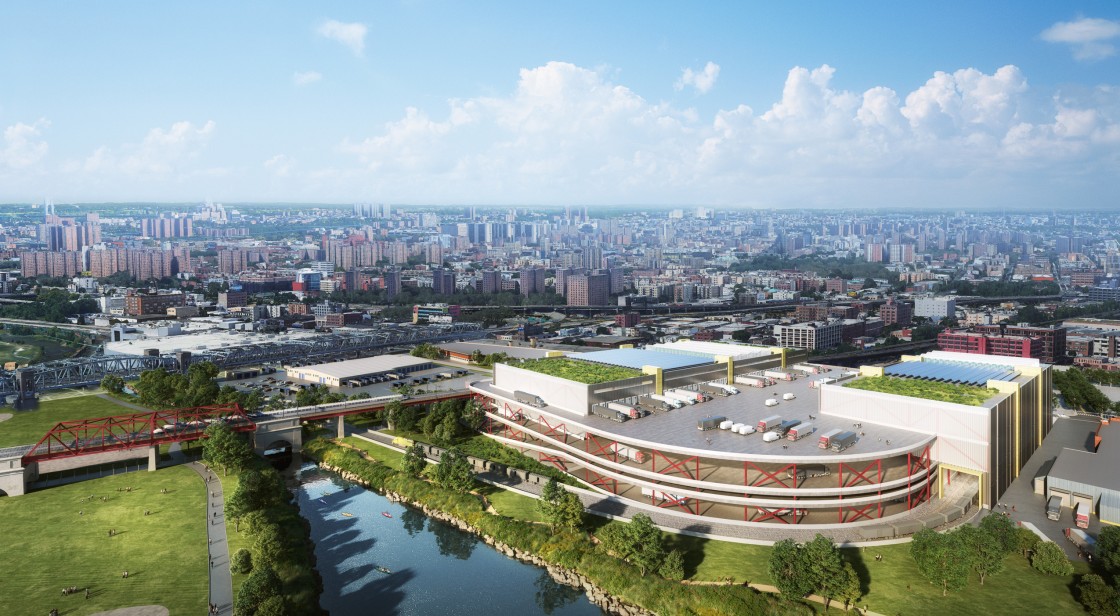While grocery e-commerce was growing prior to the pandemic, the sector saw staggering market penetration over the course of 2020 and beyond. Concerned about safely accessing food, consumers across all demographics turned to online grocery shopping as a convenient, safe option.
A survey by LEK indicated that food e-commerce made up 3%-4% of total grocery retail sales before the pandemic and that overall penetration would reach 15%-20% by 2025. But in its February 2021 Online Grocery Report, Business Insider projected online grocery adoption will reach 55% in the U.S. by the end of 2024. Consumers have clearly grown accustomed to the convenience and safety of grocery e-commerce.
While some national grocers filled online orders via strategically placed warehouses close to urban centers, local stores also managed to keep up with same-day delivery demands. This has forced grocers to rethink opportunities to reduce labor costs and the strain on local stores by using gig-economy delivery platforms such as Instacart. Additionally, new models of automation built around goods-to-person systems that support food distribution allow stores to devote more space to stock while effectively transforming them into omnichannel facilities that can manage in-store and e-commerce distribution from the same building.
Couple these changes with increasing consumer demand for local and fresh foods, and the potential to create a truly equitable and sustainable model has never been greater. This transformative model will feature several components — multimodal delivery hubs within an existing network of stores, strategic use of automation through microfulfillment, and expanded vertical farming operations.

